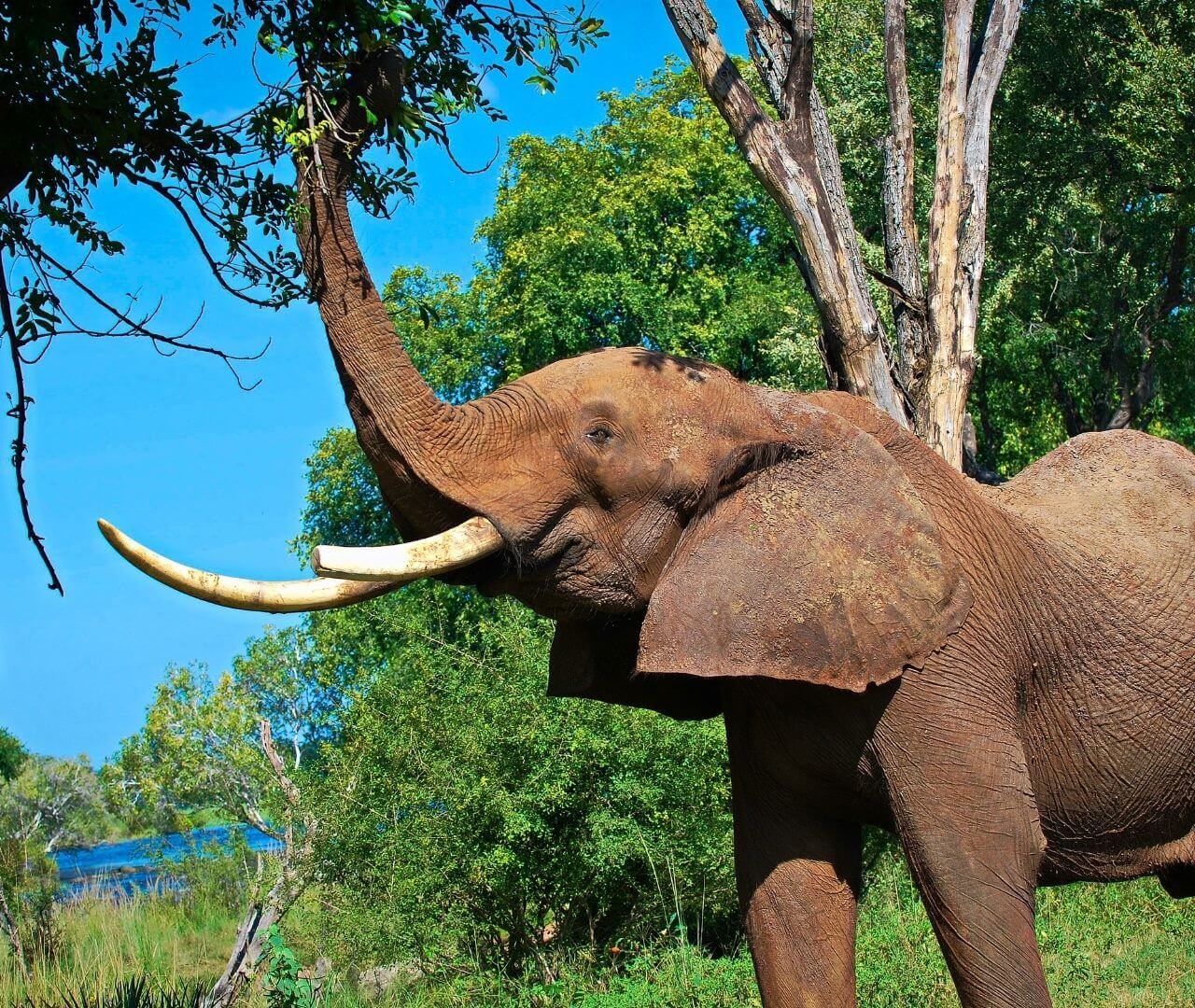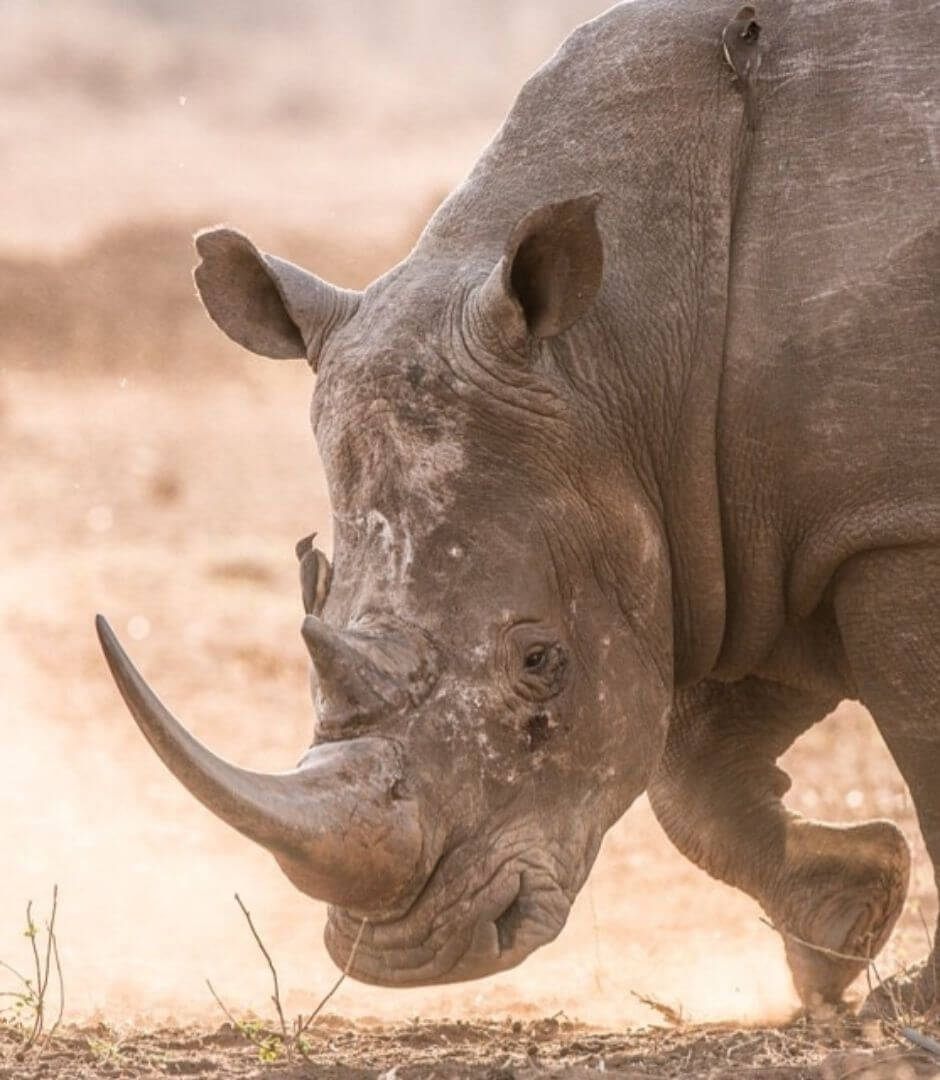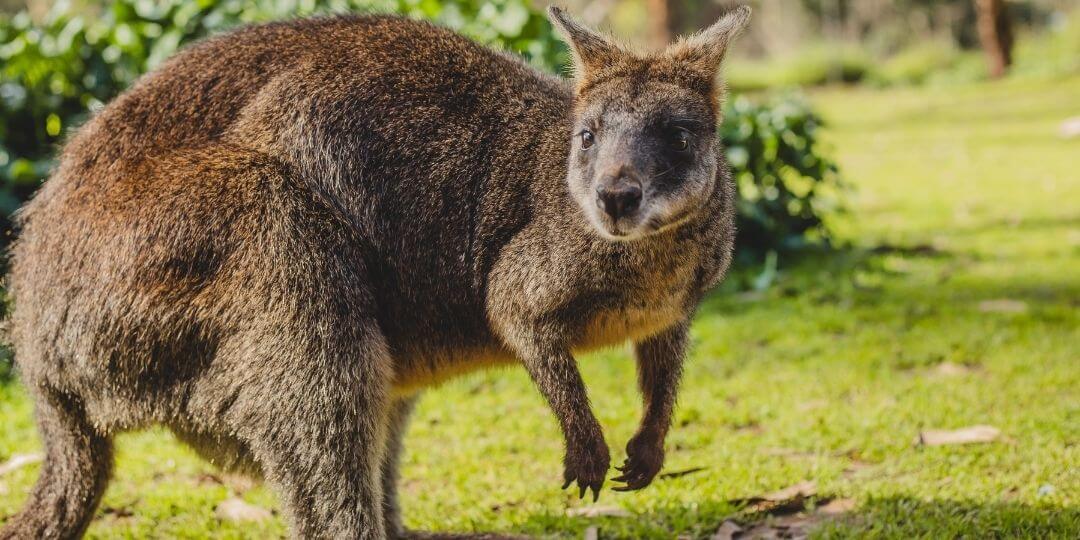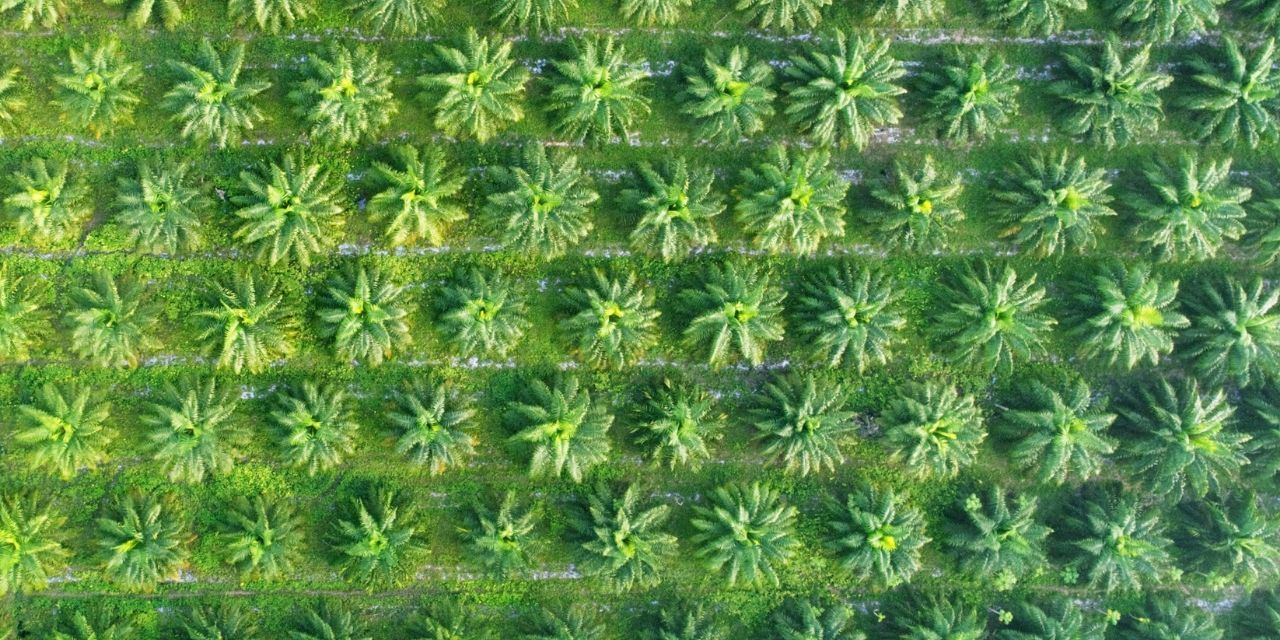Mammals

What Makes a Mammal a Mammal?
Tigers
Elephants
Word of the Week
Endotherm
An endotherm is an animal that can regulate its own body temperature. Their body stays the perfect temperature regardless of the temperature outside. We call endothermic animals warm-blooded.
Mammals and birds are examples of endotherms.
Species Spotlight
African Bush Elephant
Loxodonta africana
African bush elephants are the largest land animal in the world! Males grow larger than females, sometimes weighing up to 14,000-lbs and standing 13-ft tall. Like all elephants, African bush elephants are herbivores. They eat grass, leaves, roots, and fruit. An adult elephant can eat up to 300-lbs of food in one day. They spend most of the day feeding and traveling, but occasionally take short naps to recharge. African bush elephants use their trunks to spray mud and dirt onto their backs. This keeps them cool and works like sunscreen.
Elephants often live in large groups called herds. Young are protected by the adults from predators, like lions and hyenas. As young elephants grow older, females stay with their herds while males go off to live alone or with other young males. In the right conditions, African bush elephants live up to 60 years. Unfortunately, African bush elephants are vulnerable to extinction because of threats like poaching and habitat loss.
Conservation Corner
Poaching
When animals are hunted or captured illegally, we call it poaching. African bush elephants and many other species are hunted for their body parts, like their tusks. This may seem like an issue that is far away, but the United States purchases the second-highest amount of ivory, following China. Elephant tusks are used to make trinkets and jewelry, while rhinoceros horns and tiger bones are thought to have medical powers.
Poaching also includes capturing live animals for the wildlife trade. Animals are often trapped and sold to people who collect rare animals. While most of us do not poach animals or buy illegal animal parts, there are still things we can do to help! We can support organizations like CITES who work to stop the illegal trade of animals and animal parts. We can also petition our local or federal governments to put more restrictions in place!
BRAIN BLAST
Write a letter to your local government to encourage them to help stop the illegal wildlife trade. What incentives can they offer to encourage the protection of wild animals? How can they work to educate the public? It is important that policy makers understand what is important to the people who live in their community.
Mammal Mix-Up
Below is a list of amazing animals! Identify if they are mammals or non-mammals by dragging them to the correct box.
Camouflage Conquest
There are many species of mammals that benefit from camouflage!
Mammals, like tigers and leopards, use their stripes and spots to blend into tall grasses or trees. Other mammals, like zebras, use their camouflage to blend into each other, which makes the herd look larger and makes it harder for a predator to pick out just one.
Each digital flashcard below shows of a mammal that uses camouflage. On each flashcard, find the hidden animal (or animals!) then click "flip" to test your work. If you got it right, click the green checkmark to move on.
Elephant Extravaganza
Elephants are one of the world's most iconic mammals! As the largest land animal, African elephants flaunt a few characteristics their Asian elephant relatives lack.
Test your elephant knowledge using the activity below! For each photo, determine if it is an African or Asian elephant by clicking the blue and red buttons.
Mammal Challenge
Move Like a Mammal
For this challenge, you are going to learn how to move like a mammal! Cutout the dice template below and tape or paste it together. Take turns rolling the die and move like the mammal you rolled! Use just one or both dice.
Our Favorite Mammal Videos
Glossary
Adaptation
The process by which a species becomes more fit for its environment over the course of several generations. It is a result of natural selection.
Basking
[For ectotherms (cold-blooded animals)]: To lay out in the sun or other warm area to increase body temperature.
Camouflage
The ability for an organism to blend into their surroundings usually to hide from prey or predators.
Carnivore
An animal that eats other animals.
Ectotherm
An animal that relies on the outside temperature to regulate their body temperature (reptiles and amphibians). Also known as cold-blooded.
Endotherm
An animal that regulates their body temperature internally (mammals and birds). Also known as warm-blooded.
Extinct
A species that once existed that has no living individuals.
Herbivore
An animal that eats mostly plants.
Invertebrate
An animal that has no bones.
Keratin
A structural protein that makes up hair, nails, feathers, horns, and claws.
Mammal
A group of endothermic (warm-blooded) vertebrates that are covered in hair, produce milk for offspring, and generally give birth to live offspring.
Natural Selection
The theory that nature favors individuals in a species who have traits that make them more successful.
Omnivore
An animal that eats both plants and animals.
Palm Oil
Oil produced from the fruit of the African oil palm tree generally in Southeast Asia and Africa that is used in many everyday products.
Predator
An animal that hunts other animals for food.
Prey
An animal that is hunted and eaten by another animal.
Species
A closely related group of animals with similar characteristics that are capable of reproducing (example: tigers).
Subspecies
A group of animals within a species that are genetically different from other groups in the same species (there are 6 subspecies of tigers).
Theory
An explanation of a natural phenomenon that is supported by facts and hypotheses.
Vertebrate
An animal that has a backbone.









